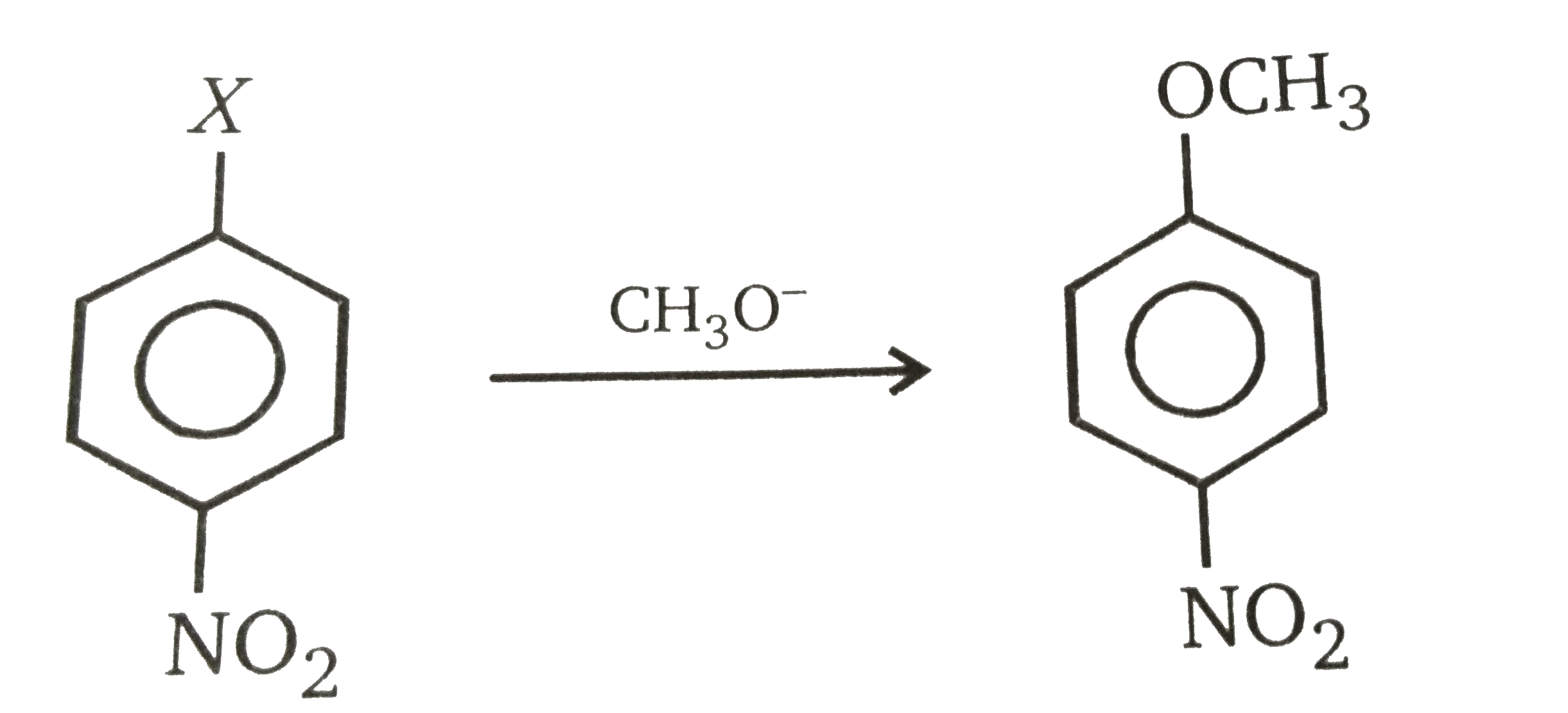
above reaction is an example of Nucleophilic aromatic substitution. Which of the following halide (−x) is most readily replaced.
A
−F
B
−Cl
C
−Br
D
−I
Video Solution
Text Solution
The correct Answer is:A
Fluoride is the most reactive leaving group in nucleophilic aromatic substitution, iodide the least reactive.
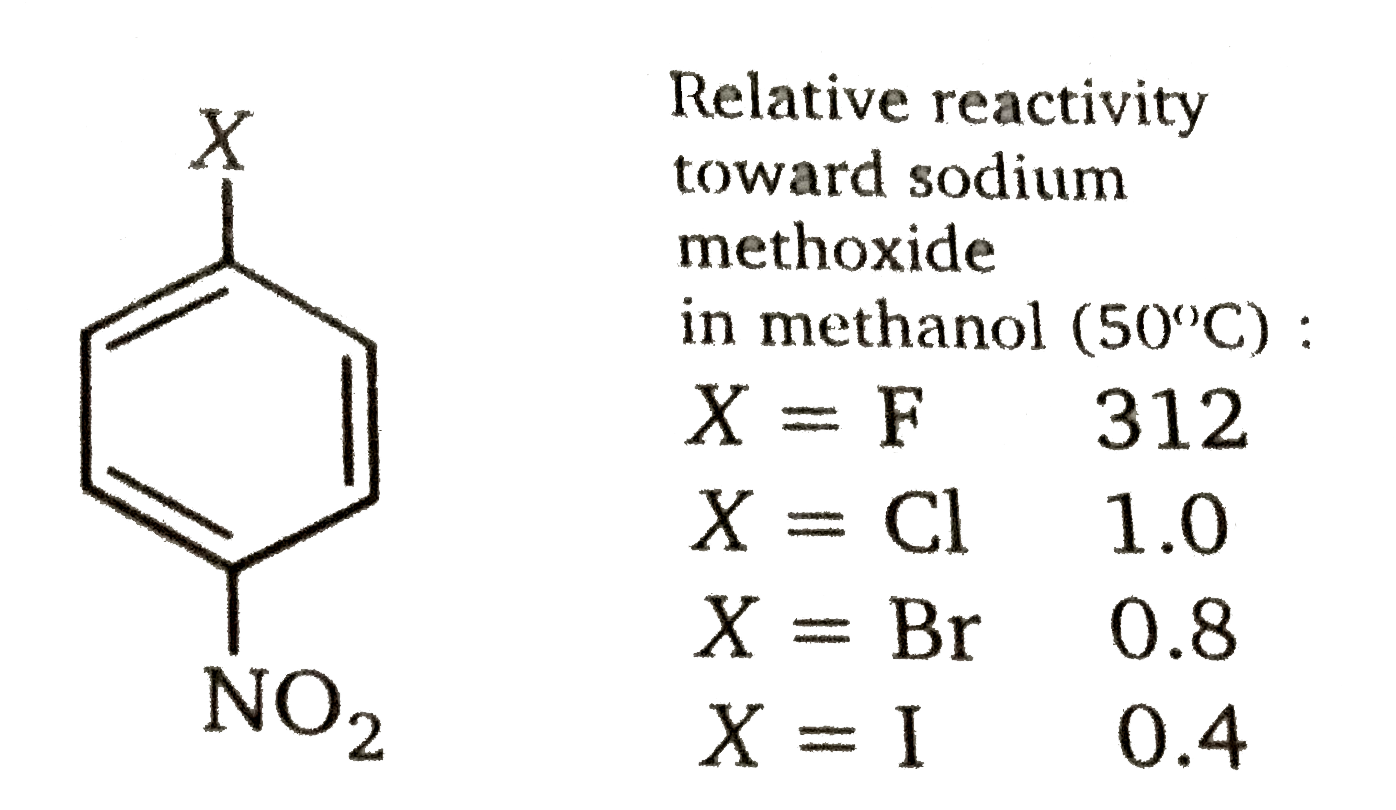
Kinetic studies of these reactions reveal that they follow a second-order rate law:
Rate =k(Aryl halide][Nucleophile]
Second -order kinetics is usually interpreted in terms of a bimolecular rate-determing step. In this case, then we look for a mechanism in which both the aryl halide and the nucleophile are involved in the slowest step. Such a mechanism is described in the following section

Step 1: Addition stage. the nucleophile, in this case methoxide ion, adds to the carbon atom that bears the leaving group to give a cyclohexadienyl anion intermediate.
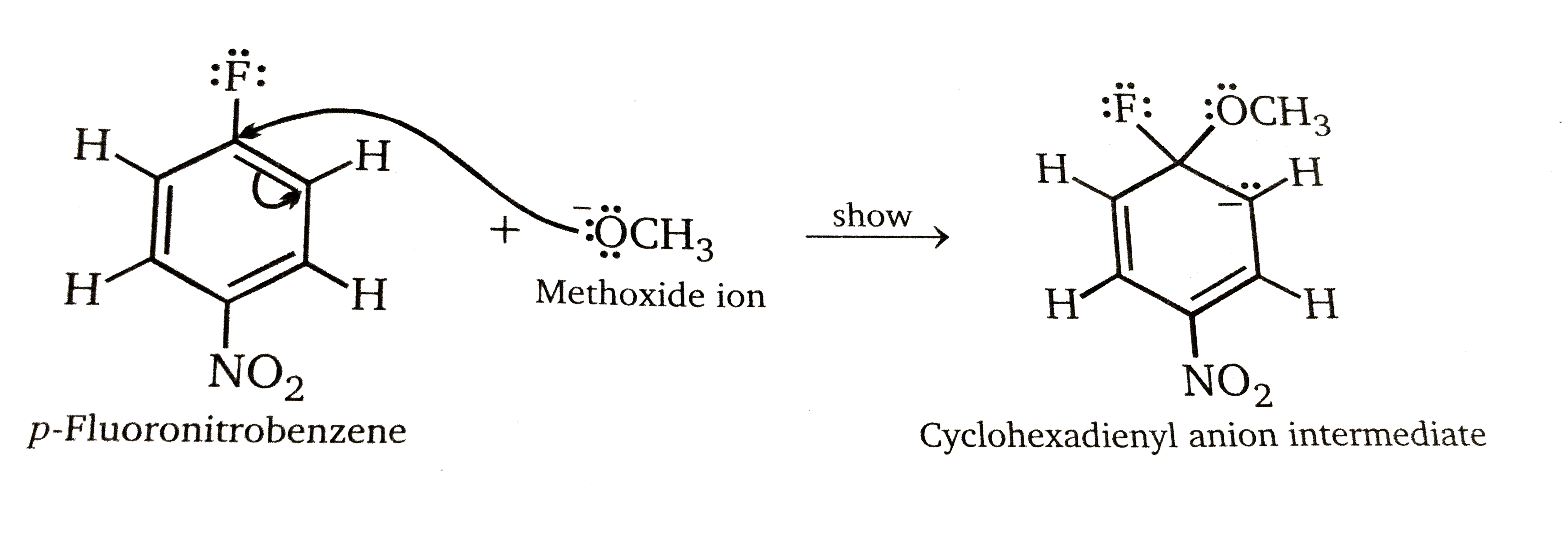
Step 2: Elimination stage. Loss of halide from the cyclohexadienyl intermediate restores the aromaticity of the ring and gives the product of nucleophilic aromatic substitution.

Because aryl flouorides have the strongest carbon-halogen bond and react fastest, the rate-determining step cannot involve carbon-halogen bond cleavage. According to the mechanism in fig. the carbon-halogen bond breaks in the rapid elimination step that follows the rate-determining addition step. The unusually high reactivity of aryl fluorides arises because fluorine is the most electronegative of the halogens, and its greater ability to attract electrons increase the rate of formation of the cyclohexadenyl anion intermediate in the first step of the mechanism.
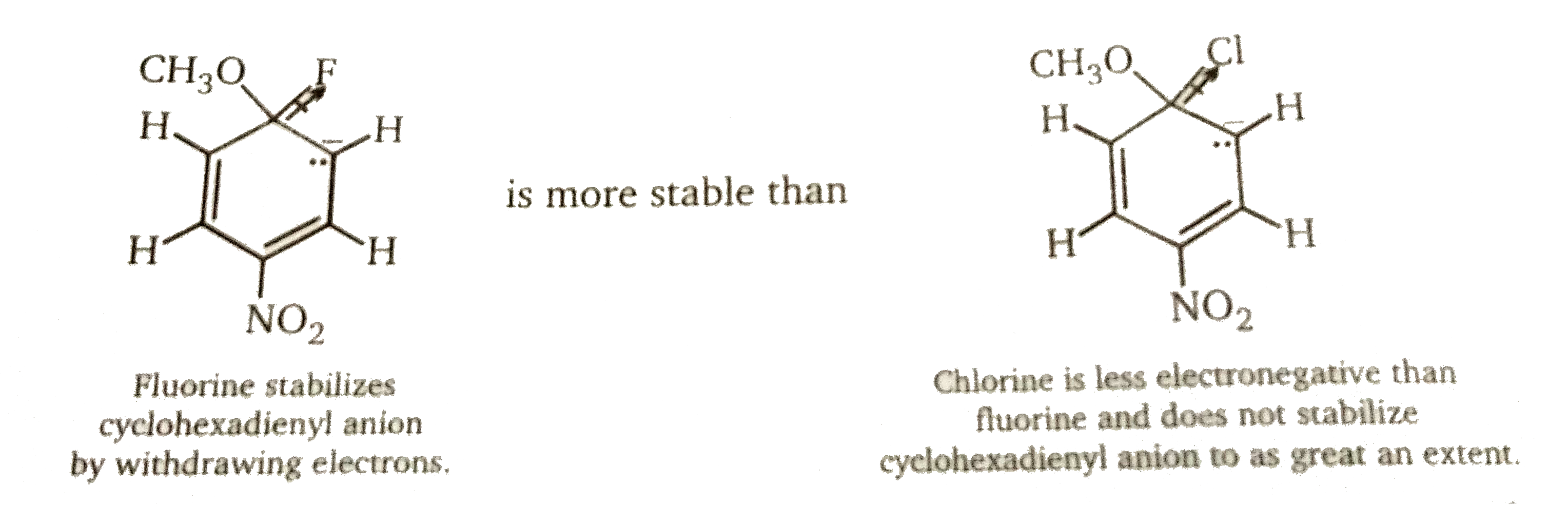
Before leaving this mechanistic discussion, we should mention that the addition-elimination mechanism for nucleophilic aromatic substitution illustrates a principle worth remembering. The words activating and deactivating as applied to substituent effects in organic chemistry are without meaning when they stand alone. When we say that group is activating or deactivating, we need to specify the reation type that is being considered. A nitro group is a strongely deactivating substituent in electrophilic aromatic substitution, where it markedly destabilizes the key cyclohexadienyl cation intermediate.
|
Topper's Solved these Questions
- AROMATIC COMPOUNDSBOOK - MS CHOUHANCHAPTER - AROMATIC COMPOUNDSEXERCISE - Level 1 (Q.31 To Q.60)
1 Videos
- AROMATIC COMPOUNDSBOOK - MS CHOUHANCHAPTER - AROMATIC COMPOUNDSEXERCISE - Level 1 (Q.121 To Q.150)
3 Videos
- AN INTRODUCTION TO ORGANIC REACTIONS AND THEIR MECHANISMS ACIDS AND BASESBOOK - MS CHOUHANCHAPTER - AN INTRODUCTION TO ORGANIC REACTIONS AND THEIR MECHANISMS ACIDS AND BASESEXERCISE - ADDITIONAL QUESTION (SINGLE CORRECT CHOICE TYPE )
32 Videos
- BIOMOLECULESBOOK - MS CHOUHANCHAPTER - BIOMOLECULESEXERCISE - Level 2
1 Videos
Similar Questions
Knowledge Check
Which of most reactive towards nucleophilic aromatic substitution.
A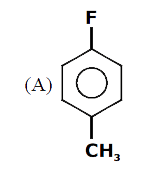 B
B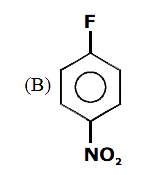 C
C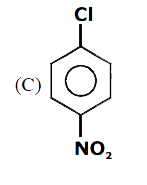 D
D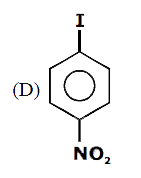
Which represents nucleophilic aromatic substitution reaction ?
AReaction of benzene with Cl2 in sunlightBBenzyl bromide hydrolysisCReaction of NaOH with dinitrofluorobenzeneDSulphonation of benzeneWhich represents nucleophilic aromatic substitution reaction ?
AReaction of benzene with Cl2 in sunlightBBenzyl bromide hydrolysis with waterCReaction of NaOH with dinitrofluoro benzeneDSulphonation of benzene
Which of the following would react most readily with nucleophiles ?
View SolutionWhich of the following would react most readily with nucleophiles ?
View SolutionMost reactive towards SN-Ar (Nucleophilic Aromatic Substitution)
View SolutionWhich pairs are not required for a nucleophilic aromatic substitution reaction ?
View SolutionWhich is a nucleophilic substitution reaction among the following?
View Solution
